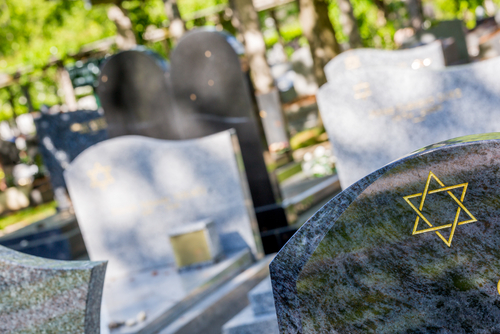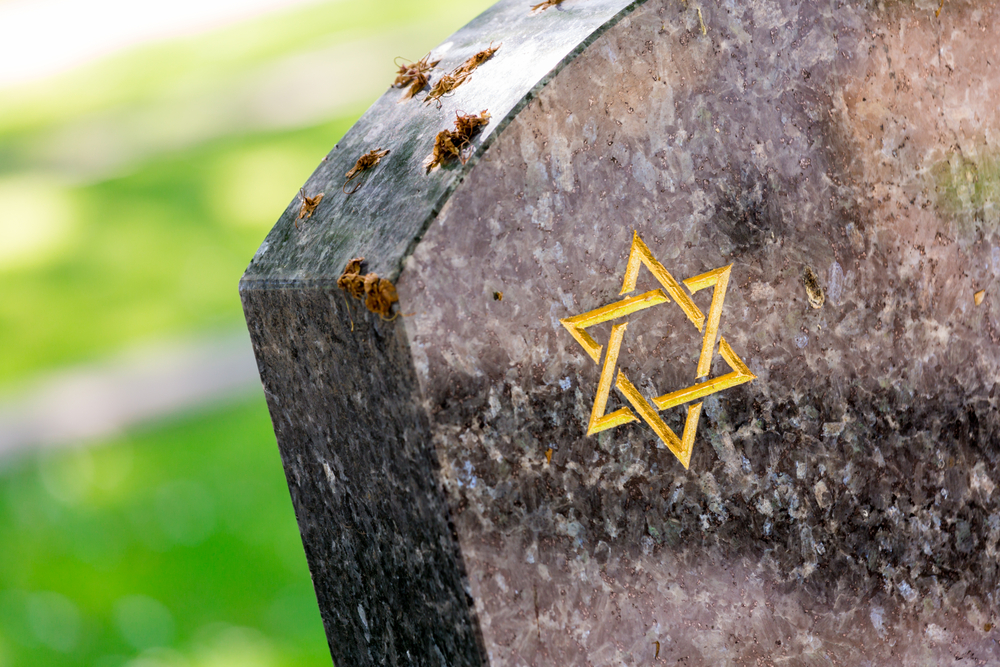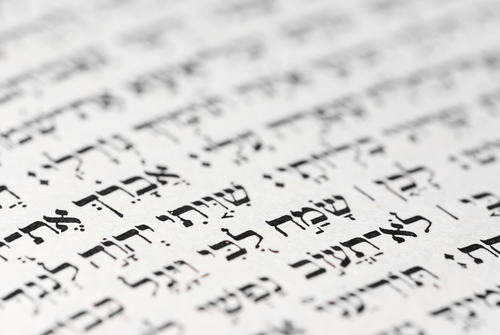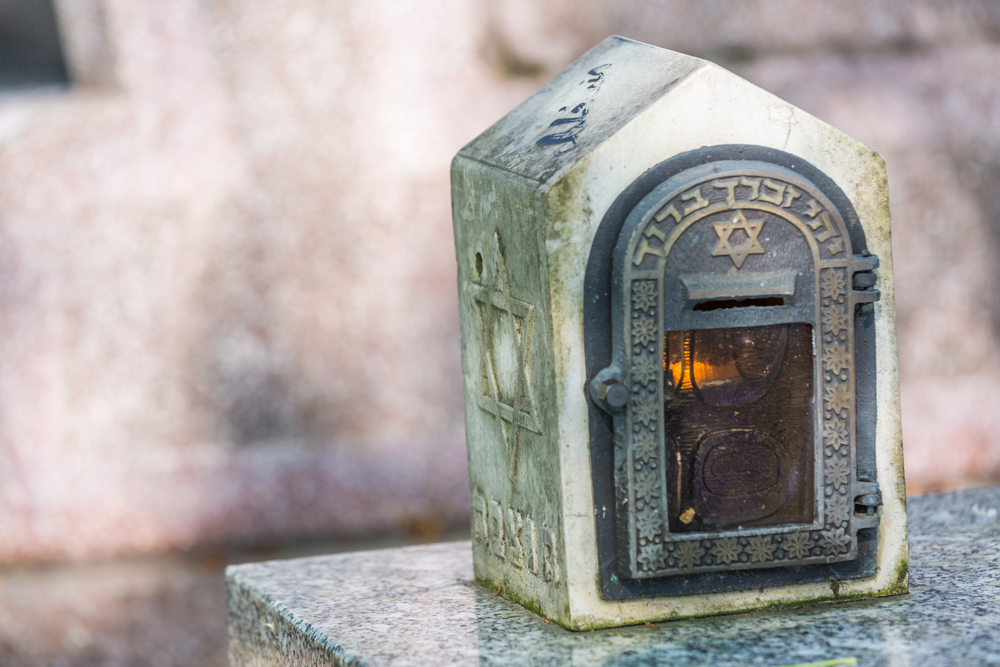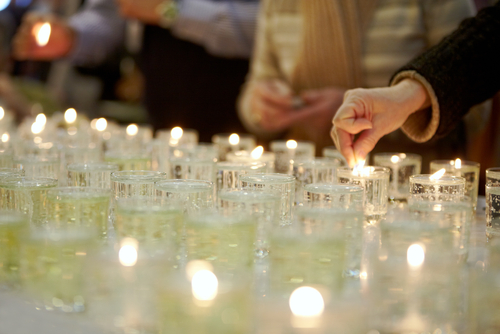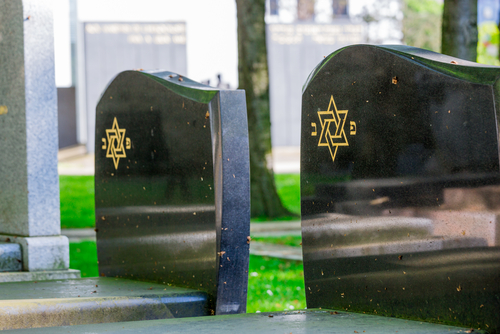
With exceptional craftsmanship and compassionate service, we do our part to guide mourning families through painful and difficult times. Of course, losing someone we love is many people’s worst nightmare. The Jewish faith exercises countless rites and customs in the face of death, with numerous teachings about enduring loss and stages of mourning. However, in some cases, faith alone isn’t enough to withstand the pain of losing someone.
Sometimes, grief causes severe, spontaneous upheaval. As a result, if we’re not mentally prepared, it can have consequences on our mental health. Some people even enter a state of crisis right after a death, which restricts their ability to handle even the most momentous tasks. In crisis, we often take life by the hour and put pressing obligations on hold. In this post, we’ll discuss three ways you can protect your loved ones in crisis and prevent any long-term consequences.
1. Prepare In Advance
First and foremost, protecting the interest of the people you love depends mostly on pre-planning as thoroughly as possible. In addition, this is essentially about creating the necessary documents and making the right arrangements before you’re unable to. Make sure your will, estate plan, end-of-life plans, powers of attorney, burial wishes, etc. are all in clear, coherent print on legal forms.
If you manage to handle this, it can save your family from some significant headaches in the future. This will spare them potential legal fees, family conflicts, uncertainty about what you want and more.
2. Organize
Of course, none of this preparation means a thing if the necessary paperwork is lost. Make sure you organize and consolidate all of your important papers together and in a central location. Also, someone you trust wholeheartedly should always have access to the documents and know precisely where they are.
These papers include your funeral plans, tax returns, mortgage, retirement accounts, checking and savings information, passwords, wills, powers of attorney and more. Additionally, you should always make digital records of these documents. For additional protection, you can purchase a lock box at a bank if you’re serious about optimizing security.
3. Tell Trustworthy People
Of course, if the right people don’t have access to these papers, it will cause serious issues when it’s too late. First, you should identify the people you love that you trust implicitly. Have a compassionate talk with them in which you explain what you did and why. In addition, make sure they know that you did it to spare them future pain. Tell them that you trust them to handle everything in accordance with your wishes and to provide strength and support.
Obviously, it’s equally as important to give them the information they need. Tell them how to access the material, any relevant passwords, burial wishes, keys, anything. Overall, make sure you tell them that this was all done for the sake of sparing them unnecessary pain and to ensure they can mourn without fear of more pain.
Conclusion – Fox Monuments
Losing the people we love will never be easy. While Judaism has extraordinary insight on the topic of loss, we’ll never be immune from grief. However, these three simple measures will ensure that those you love won’t suffer any additional pain once you’re gone. Ultimately, this can be one of the most loving and considerate gestures you can make to them.
